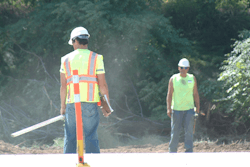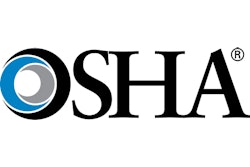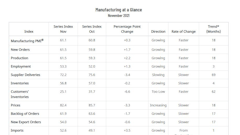
The Occupational Safety and Health Administration issued stronger worker safety guidance today in order to help employers and workers implement a coronavirus protection program and better identify risks which could lead to exposure and contraction of COVID-19.
“More than 400,000 Americans have died from COVID-19 and millions of people are out of work as a result of this crisis,” according to M. Patricia Smith, senior counselor to the Secretary of Labor. “Employers and workers can help our nation fight and overcome this deadly pandemic by committing themselves to making their workplaces as safe as possible. The recommendations in OSHA’s updated guidance will help us defeat the virus, strengthen our economy and bring an end to the staggering human and economic toll that the coronavirus has taken on our nation.”
“Protecting Workers: Guidance on Mitigating and Preventing the Spread of COVID-19 in the Workplace” provides updated guidance and recommendations, and outlines existing safety and health standards. It details key measures for limiting coronavirus’s spread, including ensuring infected or potentially infected people are not in the workplace, implementing and following physical distancing protocols and using surgical masks or cloth face coverings. It also provides guidance on use of personal protective equipment, improving ventilation, good hygiene and routine cleaning.
“OSHA is updating its guidance to reduce the risk of transmission of the coronavirus and improve worker protections so businesses can operate safely and employees can stay safe and working,” said Jim Frederick, principal deputy assistant secretary, Occupational Safety and Health.
Because implementing a coronavirus protection program is the most effective way to reduce the virus’ spread, the guidance also recommends several essential elements for such a program:
- Conduct a hazard assessment.
- Identify control measures to limit the spread of the virus.
- Adopt policies for employee absences that don’t punish workers as a way to encourage potentially infected workers to remain home.
- Ensure that coronavirus policies and procedures are communicated to both English and non-English speaking workers.
- Implement protections from retaliation for workers who raise coronavirus-related concerns.
OSHA has additional industry-specific guidance available. This guidance contains recommendations as well as descriptions of mandatory safety and health standards.
The guidance issued today is not a standard or regulation, and it creates no new legal obligations. It contains recommendations as well as descriptions of existing mandatory safety and health standards. The recommendations are advisory in nature, informational in content and are intended to assist employers in recognizing and abating hazards likely to cause death or serious physical harm as part of their obligation to provide a safe and healthful workplace.
OSHA will continue to update this guidance over time to reflect developments in science, best practices, and standards, and will keep track of changes for the sake of transparency. In addition, the agency expects to continue to update guidance relevant to particular industries or workplace situations over time.
Information provided by the Occupational Safety & Health Administration and substantially edited by Becky Schultz.




















